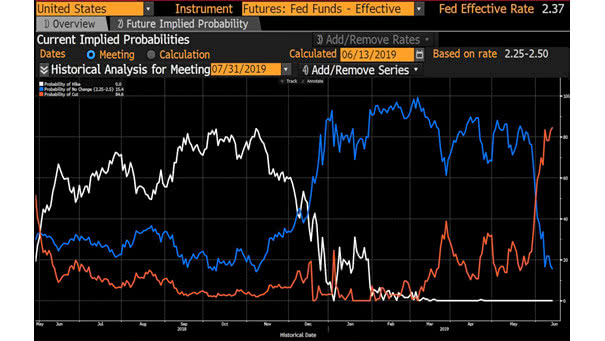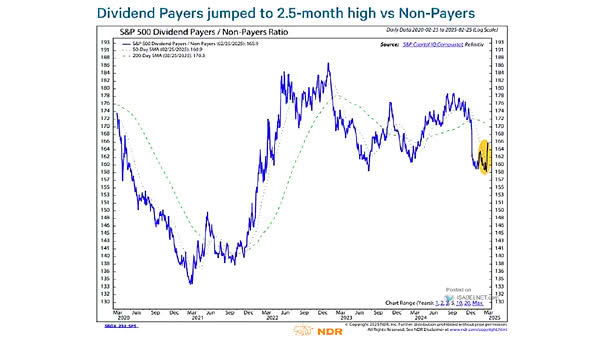What is the Biggest Risk Right Now for Investors?
What is the Biggest Risk Right Now for Investors? What is the Biggest Risk Right Now for Investors? The risk of a Fed policy error The probability of a Fed rate cut in July 2019 is now 84.6%. Image: Bloomberg


